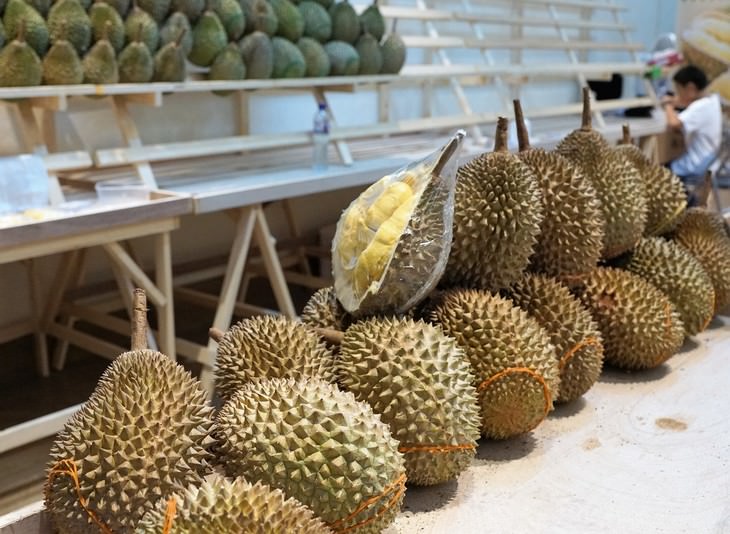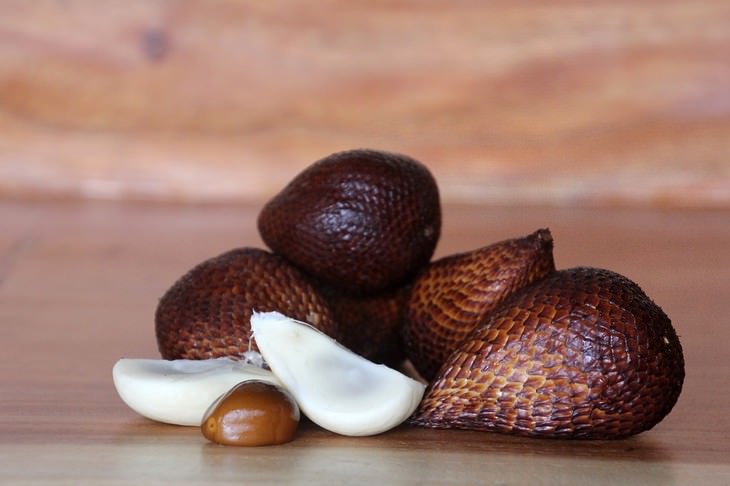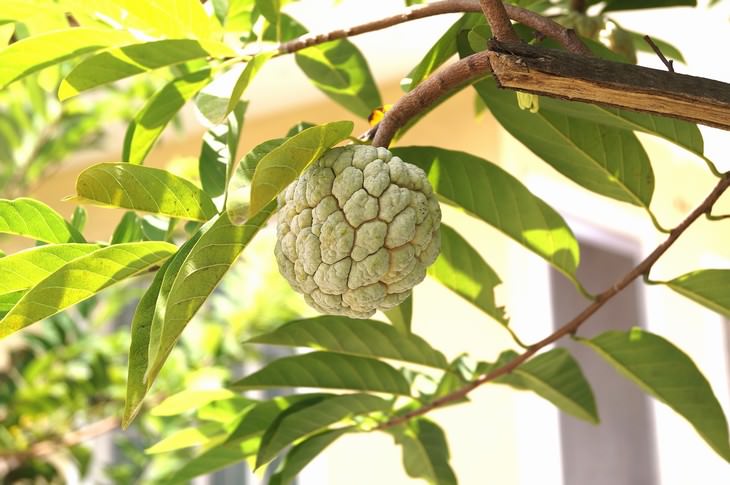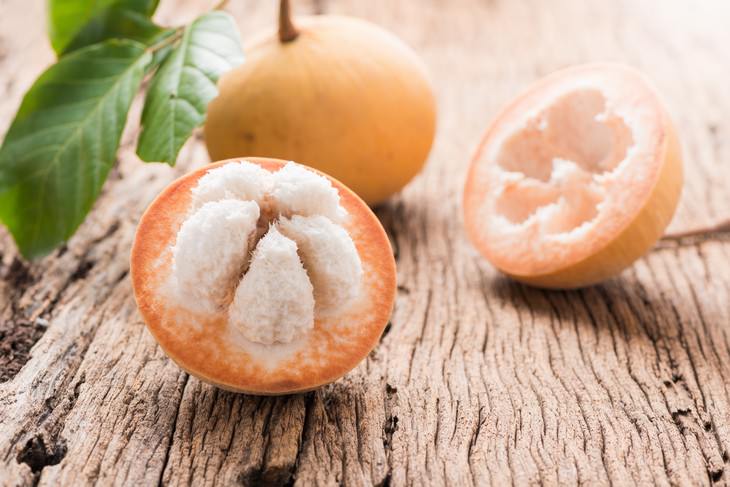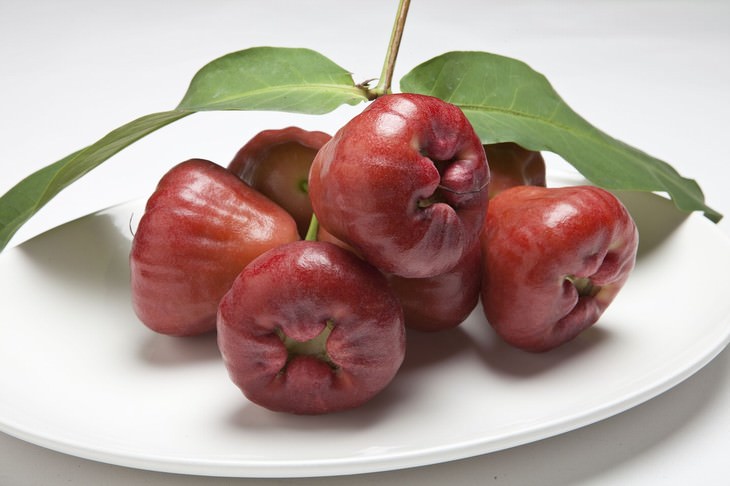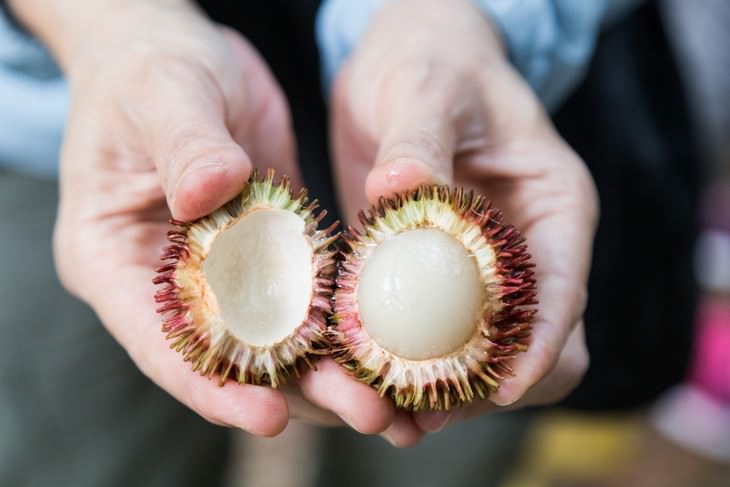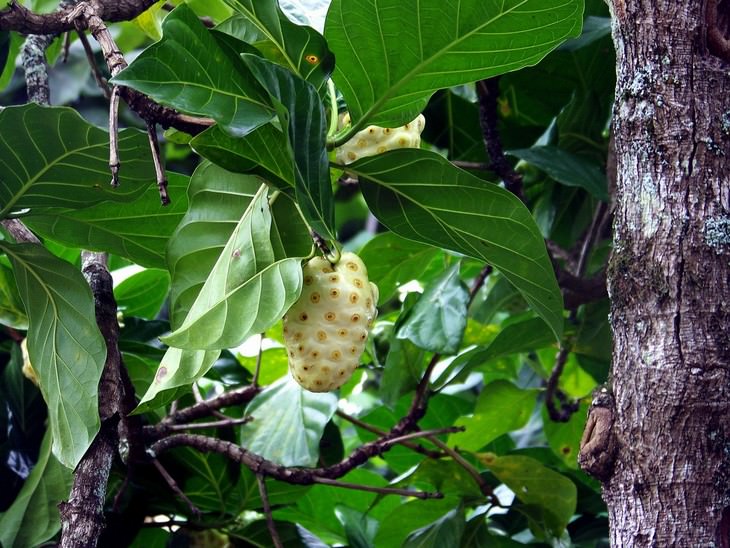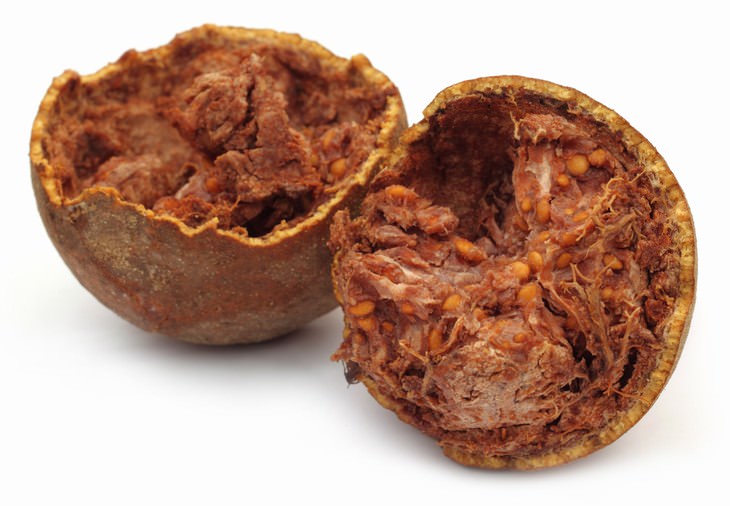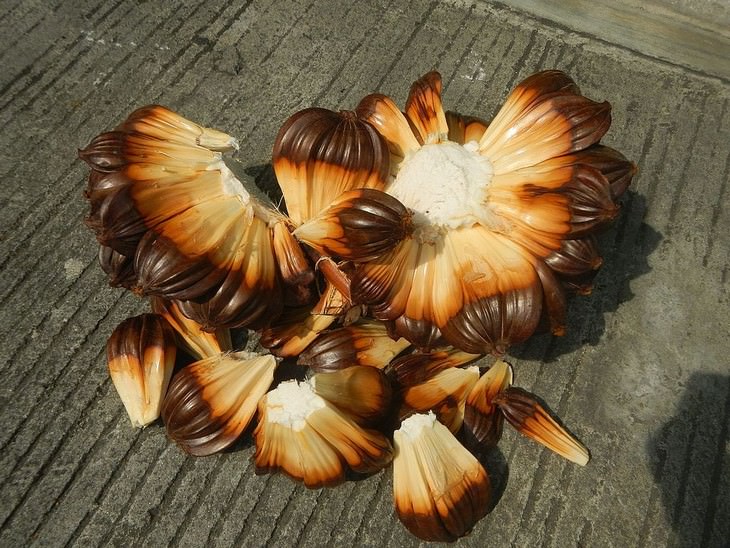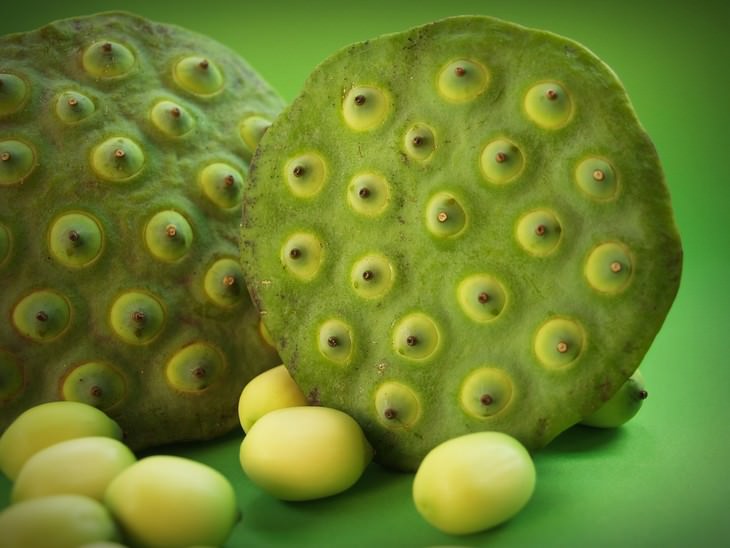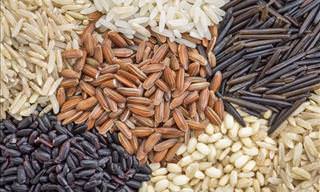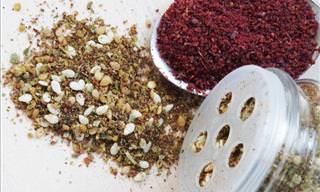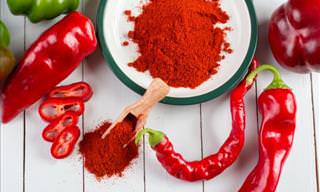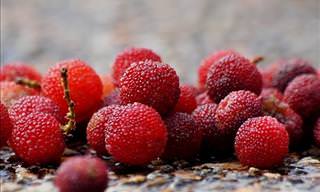1. Chinese Bayberry
These delicious-looking fruit have been cultivated in China for over 2000 years, but it’s actually not a berry, but a cherry because it has a seed in the center. The color of the fruit varies from a saturated red, to white, to purple, and the flesh is sweet-sour. It is eaten fresh, used in juices, jams, yogurt, a variety of desserts and dishes.
Various species of the Chinese bayberry have been studied for their immune boosting, anti-inflammatory and rejuvenating properties, as it is very rich in antioxidants.
2. Durian
Durian isn’t dubbed “the world’s smelliest fruit” for no reason: it has a very strong, rank smell that only gets worse when you cut open its prickly shell to get to the pulp. This popular southeast Asian street food is so stinky that it was actually banned to eat on public transportation in many countries.
Why is it so popular, you ask? Well, it is extremely healthy. This superfruit is known to increase muscle strength, promote skin health and even lower blood pressure. One fruit contains nearly all of your daily need of fiber, and it is very rich in iron, vitamin C, and potassium.
3. Salak
This fruit is also called snake fruit because it has a “scaly” exterior. The fruit grows on a palm tree, and it is a popular healthy snack throughout southeast Asia, but it is native to Indonesia. Salak fruit is juicy and slightly acidic.
In terms of nutrition value, it’s quite high in potassium, calcium, and vitamin C. Locals use the fruit as an anti-diarrheal remedy, but don't eat too much of it, as eating one too many fruit can cause constipation.
4. Sugar Apple
No one really knows where this tropical fruit originated from, but it is likely that it was brought by Spanish colonizers from somewhere in the Americas and then spread throughout other colonies. Today it is a popular treat in India.
Sugar apples are eaten fresh: the fruit consists of fleshy segments, which are separated by hand and eaten whole, spitting out the seeds. The fruit is juicy and very aromatic. The seeds and leaves of the plant are poisonous, and powdered leaves are often used to treat lice.
5. Jackfruit
Jackfruit belong to the family of breadfruit, with the only difference being that it’s much, much larger. In fact, it is the largest fruit in the world that grows on trees, with the most impressive specimens reaching a whopping 55 kg (120 lb) in weight and 90 cm (35 in) in length.
The fruit is a popular meat replacement in tropical countries, as its flesh is practically tasteless and has a stringy consistency resembling meat. Breadfruit in general are very popular, especially in southeast Asia, as they can be used in a variety of ways: mashed, sautéed, baked, candied or turned into fries.
6. Santol
A native to the Philippines, santol fruit is a real multitasker. It is also referred to as cotton fruit because of its fluffy white interior. The fruit is eaten whole when fresh, but it is also often candied with the seeds removed, and even brewed into an alcoholic beverage.
In terms of taste, santol is extremely sour and acidic, often compared to a sour apple. The plant’s bitter pulp is used to treat ringworm, and the roots of the plant are often used as a remedy for diarrhea.
7. Wax Apple
If you’re looking for the next best thing to apples (I know I am), try this Asian beauty. Also known as the Java apple, this bell-shaped apple is extremely sweet and juicy, and it comes in a variety of colors.
Generally speaking, the darker or lighter the color, the sweeter the fruit, which makes the so-called “black pearls” characterized by their deep reddish purple tone the most desirable kind.
8. Pulasan
If this fruit looks similar to lychee or rambutan to you, you have a good eye for fruit, as all three are closely related. However, pulasan is a little different from the other two, as they’re much sweeter.
Pulasan is also a bit less known worldwide, probably for the same reason, and it can be found in Southeast Asia, particularly Malaysia. This fruit is very high in vitamin C and antioxidants, and it is traditionally used to manage blood sugar levels in diabetics.
9. Mangosteen
This is probably the most controversial fruit on our list. Yes, it turns out, a fruit can be controversial. Mangosteen have been the subject of many studies, and they were implicated in being able to help treat a variety of illnesses, such as UTIs, tuberculosis, eczema, and others.
At the same time, fresh mangosteen have been banned from the U.S. since 2007 because they may harbor Asian fruit flies, a dangerous invasive species.
10. Langsat
Native to Malaysia, langsat is becoming increasingly popular worldwide. The pulp of the fruit is consumed after peeling off the thick skin. Different parts of the plant are used in traditional medicine.
The bitter seed, which you usually spit out, is powdered and mixed with water to prepare a deworming and ulcer medication. The bark of the plant is traditionally used to treat dysentery and malaria.
11. Noni
Related to coffee, this fruit is not usually eaten raw, but rather cooked or boiled in traditional Polynesian and Thai cuisine. Noni fruit is also used dried and powdered to prepare tonics, juices and syrups that were attributed medicinal properties as an anti-inflammatory and antibacterial agent.
11. Elephant Apple
Similarly to durian, elephant apples are also known for their rather pungent aroma. But if you push past the smell, you will reveal and delicious and healthy treat. This Indian delicacy is seldom eaten raw, but its gelatinous core is widely-used to make jam and drinks.
People consume it for its powerful health effects: it relieves indigestion, constipation, and treats ulcers.
13. Nipah Seeds
This unusual-looking fruit comes from the mangroves of Singapore. It grows on nipah palms, and the fruit is quite special, as, when ripe, it floats on the water surface. The local population use up everything the palm tree has to offer: the leaves are used as roofing material, the fruit are turned into delicious jelly, and the palm sap is tapped and made into an alcoholic drink.
The fruit were examined for their antioxidant capabilities and it was found that they are rich in flavonoids, one of the most powerful antioxidant groups.
14. Lotus Seeds
Lotus fruit may look a bit too alien to be edible, but the seeds that pop out of these fruit are enjoyed as a healthy snack in many countries, particularly China and Japan. The seeds are very reminiscent of peanuts, and they can be enjoyed fresh, or mashed into lotus seed paste, a common ingredient in Chinese and Japanese desserts.
The seeds are also sold dry, but to add them to soups and other dishes, people pre-soak them, much like you would do with dried lentils or beans. Lotus seeds are rich in protein and contains a lot of B vitamins, as well as phosphorus and manganese, so it is an excellent replacement for peanuts, if you ask me.
 Go to BabaMail
Go to BabaMail



